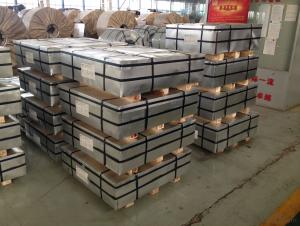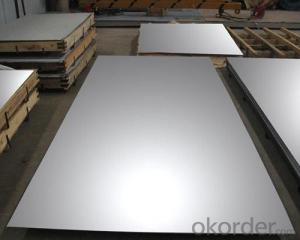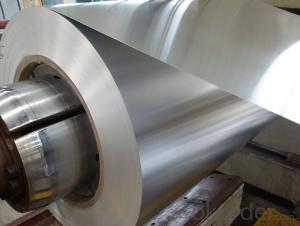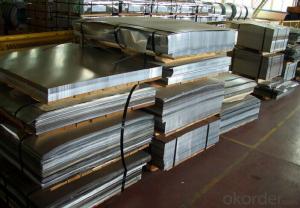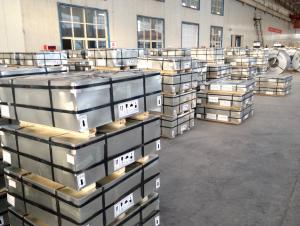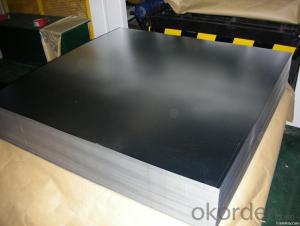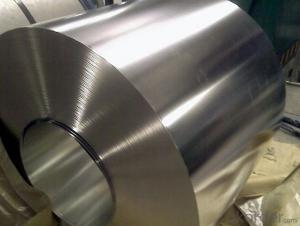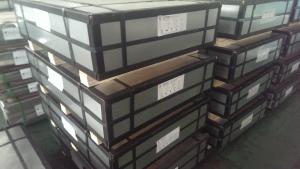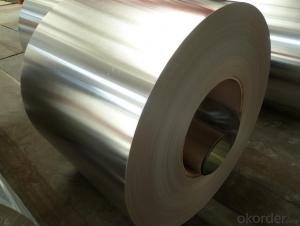Buy Tinplate Sheets
Buy Tinplate Sheets Related Searches
Pvc Tiles For Walls Wallpaper For Office Walls Lights For Bedroom Walls Acoustic Padding For Walls Transparent Roofing Sheets In Sri Lanka Geogrid In Retaining Walls Tape Aluminium Aluminium Modelling Mesh 2 Inch Styrofoam Insulation Sheets Thin Plastic Sheets FlexibleHot Searches
Plastic Sheets For Sale Eps Foam Sheets For Sale Tinplate Sheets For Sale Grp Sheets For Sale Granite Sheets For Sale Styrofoam Sheets For Sale Starboard Sheets For Sale Tinplate For Sale Tinplate China Styrofoam Insulation Sheets Price Tata Tinplate Price List Tinplate Price Trend Tinplate Nse Share Price Tinplate Price Chart Tinplate Share Price Nse Tata Tinplate Share Price Tinplate Share Price Today Tinplate Share Price Bse Tinplate Share Price Tinplate FactoryBuy Tinplate Sheets Supplier & Manufacturer from China
Okorder.com is a professional Buy Tinplate Sheets supplier & manufacturer, offers integrated one-stop services including real-time quoting and online cargo tracking. We are funded by CNBM Group, a Fortune 500 enterprise and the largest Buy Tinplate Sheets firm in China.Hot Products
FAQ
- Tinplate generally offers better durability compared to plastic as it is a rigid and strong material. It can withstand higher levels of impact, pressure, and temperature variations without cracking or breaking. Plastic, on the other hand, is more prone to damage, especially in extreme conditions, and can easily break or degrade over time.
- One of the weight advantages of using tinplate is its lightweight nature. Tinplate is made by coating a thin layer of tin onto a steel substrate, resulting in a material that is significantly lighter than other packaging options such as glass or aluminum. This lightweight characteristic makes tinplate an ideal choice for various industries, including food and beverage, where weight reduction is essential for transportation, storage, and overall product cost efficiency.
- The main factors affecting the price of tinplate include the cost of raw materials such as tin and steel, changes in global supply and demand, fluctuations in currency exchange rates, trade policies and tariffs, as well as any political and economic stability issues in major tin-producing countries. Additionally, factors like technological advancements, environmental regulations, and changes in consumer preferences can also influence the price of tinplate.
- Tinplate can be manufactured into various forms and shapes, such as sheets, coils, strips, or even customized shapes through processes like cutting, bending, or stamping. These forms and shapes make tinplate a versatile material for a wide range of applications in industries like packaging, automotive, electronics, and construction.
- Yes, tinplate can be customized with different designs or logos. It is a versatile material that can be decorated using various printing techniques such as lithography, offset printing, or embossing. This allows for the creation of unique and personalized designs on tinplate, making it suitable for branding and promotional purposes.
- Yes, tinplate can be used for aerosol cans. Tinplate is a type of steel coated with a thin layer of tin, which provides excellent corrosion resistance and makes it suitable for packaging products like aerosol cans.
- Tinplate contributes to the safety of toys by providing a protective coating that prevents direct contact between the toy and any potentially harmful substances. This coating acts as a barrier against corrosion, ensuring that the toy remains safe and free from any toxic materials that may be present in the metal or paint used. Additionally, tinplate is durable and resistant to damage, reducing the risk of children being exposed to sharp edges or broken pieces.
- Yes, tinplate can be used for packaging pharmaceutical products. Tinplate is a type of steel coated with a thin layer of tin, making it resistant to corrosion and providing a protective barrier for the contents. It is commonly used for packaging various products, including pharmaceuticals, due to its durability, tamper-proof characteristics, and ability to maintain the quality and integrity of the packaged items.




